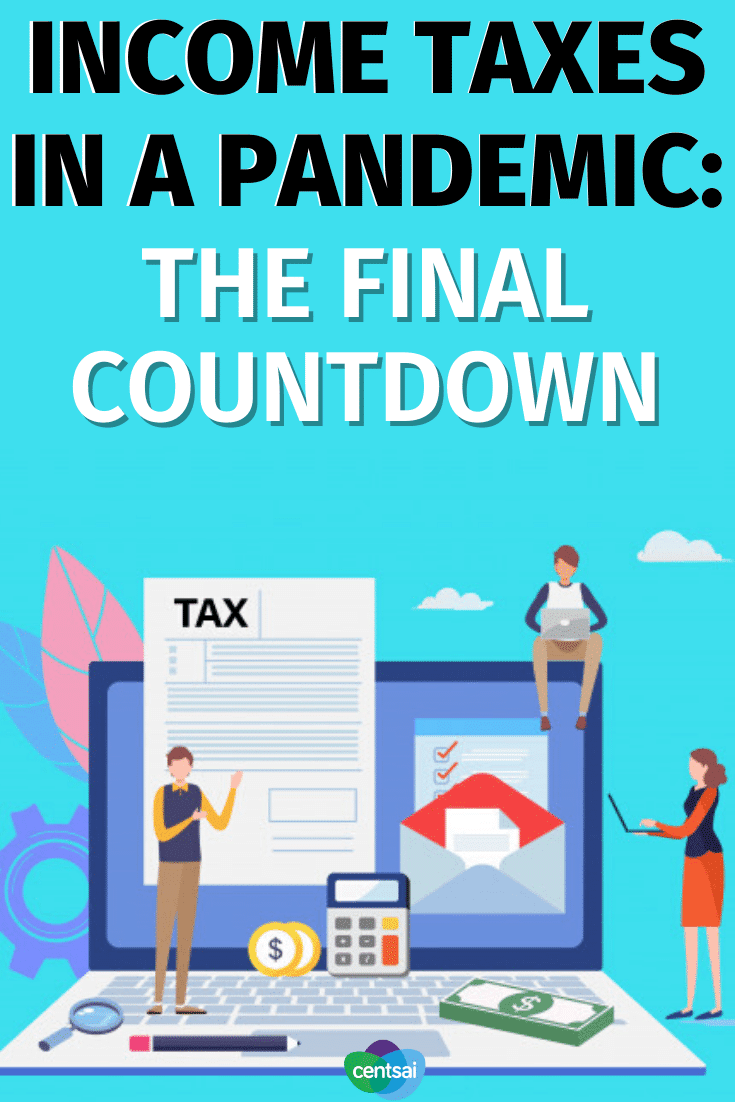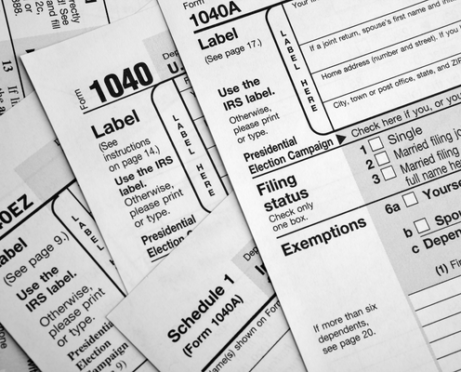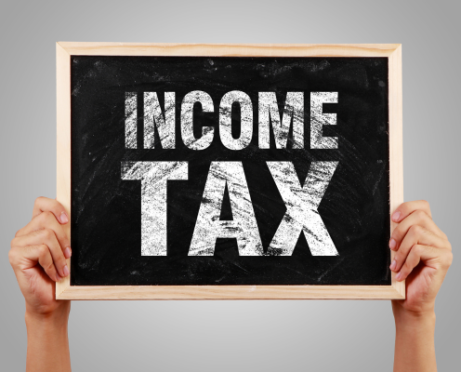

It’s official! Federal income taxes (and income taxes owed in many states) are due on Wednesday, July 15. There are no further automatic coronavirus income tax extensions. Period.
In addition, since we have just crossed over into the second quarter of 2020, it is always a good idea — this year and every year —to do some mid-year income tax planning.
Why think about income taxes halfway through the year? Two reasons:
- By July, you should have a good sense of remaining income for the year.
- You have six months to make necessary changes (e.g., estimated tax payments or tax withholding).
Here are five key things you need to know about income tax filing and tax withholding during coronavirus:
July 15 Is Firm
The Treasury department announced in late June that it would not be extending the tax deadline further.
Despite speculation about a further delay, July 15 is the deadline to file and pay 2019 incomes taxes that were originally due on April 15. It is also the date that first and second quarter 2020 estimated tax payments (for income not subject to tax withholding, such as self-employment earnings and investment profits) are due.
Extension Filing Is Available
Taxpayers who need more time to complete their tax returns must file Form 4868 before July 15 to get a three-month extension to October 15.
This form can be downloaded and filed online. The extension is for income tax return filing only — not for tax payments. Money owed to the IRS is still due by July 15. If tax payments are late, interest and penalties may be assessed.
Tax Withholding May Need Fixing
Many people have had unexpected losses or gains in 2020 income as a result of COVID-19. Now is the time to determine whether tax withholding on income to date and expected income through December is adequate.
Start by reviewing 2019 taxable income and how much tax was owed.
Compare 2019 taxable income and tax with projections for 2020. Use the IRS Tax Withholding Estimator to help make calculations.
There Are “Safe Harbors”
To avoid triggering an under-withholding penalty, pay (via withholding and/or estimated payments) the smaller of 90 percent of tax for the current (2020) tax year or 100 percent (110 percent for higher-income taxpayers, e.g., married couples filing jointly with income over $150,000) of the tax owed for the prior year (2019).
Unemployment Benefits Are Taxable
Be sure to include unemployment benefits in your projected 2020 income calculations and earmark a portion of each unemployment check for income taxes.
Request tax withholding from each payment, if possible, or make estimated payments to the IRS by July 15, September 15, and January 15, 2021.





